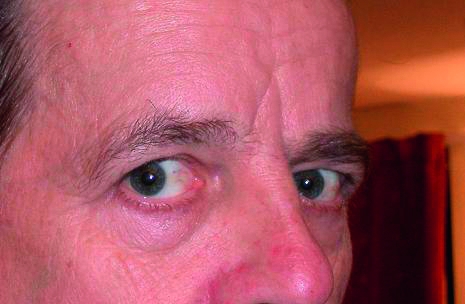I am afraid that the authors have fallen into a common pit for the unwary in diagnosing squint from a single image.1 Every orthoptist knows that in order to diagnose a squint it is necessary to begin with the eyes in primary gaze (straight to the front). Second, one needs to employ the cover test before proceeding to examine alignment in the other cardinal gaze positions. A corneal light reflex, if present, is the most useful marker for ocular alignment, but in portraits may be misleading.
Judging by the self-portrait of Dürer in their Figure 2, I contend that he is not displaying a squint at all, divergent or otherwise. Close scrutiny shows the corneal reflex in the right eye implies a convergent deviation, while the lack of visible lateral sclera a pseudo-divergent squint. In art, any apparent deviation of the eyes may be contrived with respect to the position of the observer. In this case, the sitter has his eyes to the right and fixed on an object more distant than the artist. This was historically a very common position adopted for portraiture, for a variety of artistic reasons.
For example, I enclose a photo similar to their portrait (Figure 1). This shows someone gazing to their right and beyond the camera. Despite appearances, the sitter has no squint and excellent stereoacuity – as befits a practising strabismologist!
Figure 1.

Apparent exo-deviation of the eyes when the subject’s point of regard is beyond the plane of the observer (camera)
Footnotes
Competing interests None declared
Reference
- 1.Aronson J, Ramachandran M. The diagnosis of art: Dürer's squint – and Shakespeare's? J R Soc Med 2009;102:391–3 [DOI] [PMC free article] [PubMed] [Google Scholar]


